Shipping products successfully is one of the most important parts of the customer experience — so choosing the right shipping method is crucial to the success of your ecommerce business. Shoppers expect to pay as little as possible for shipping, get fast delivery, and find all their products in perfect condition.
Balancing these expectations with reasonable costs to your online store requires careful attention to logistics and quality control. Complications with supply chain management just add to the process. While there are a lot of moving pieces (literally!) involved, perfecting your ecommerce shipping strategy doesn’t have to be complicated.
Shipping process basics
If you are new to ecommerce shipping, you’ll want to do some research on different ecommerce shipping options to determine the best solution for your business. You should set out to create a comprehensive strategy focused on keeping your shipping process efficient and cost effective. When developing your shipping process, ask yourself the following questions:
- What kind of packaging should I use?
- Which shipping carriers best fit my needs?
- What shipping methods should I offer my customers?
- What fulfillment solution works best for my business?
Not sure what your answers are just yet? Don’t worry — we’ll go over each of these areas in detail to help you better understand what to look for in a shipping carrier, types of shipping methods you might offer your customers, and distributor or fulfillment center options.

Choosing the right packaging
Before you start shipping your products, you’ll need to decide on the right packaging. Is it important to you that your packaging matches your brand or will a plain shipping box do? Are you concerned about environmental impact?
Since shipping costs vary depending not only on shipping rates but also on your packaging costs, you might choose packaging that helps keep your shipping prices low if minimizing cost is your priority.
Though standard boxes won’t help you stand out, you may be able to reduce costs by taking advantage of free packaging provided by carriers for select postal services only. For example, this is offered for USPS Priority Mail and USPS Priority Mail Express.
Some packaging options to consider when developing your ecommerce shipping strategy include:
Custom-printed packaging
First impressions matter, right? Brand your shipping boxes and envelopes with custom-printed designs that represent your unique style. Not only does this elevate your brand’s identity, but it also adds a touch of professionalism. Custom packaging is like a mini billboard that showcases your personality and sets you apart in a sea of brown boxes.
Recycled packaging
If you’re all about being environmentally friendly (high-five!), post-consumer recycled (PCR) or biodegradable packaging should be your go-to choice. Not only does this reduce your environmental footprint, but it also resonates with eco-conscious customers who love supporting green businesses.
Padded mailers
For those smaller, delicate items, padded mailers are a gem. They’re lightweight, protective, and offer a layer of cushioning that keeps your products safe and sound. Plus, they’re easy to store and super cost-effective, which means more dollars in your pocket.
Boxes and tubes
Cardboard boxes and tubes come in various sizes, making them versatile for a wide range of products. Boxes are ideal for bulkier items, while tubes are perfect for posters, artwork, or anything that needs to stay crease-free.
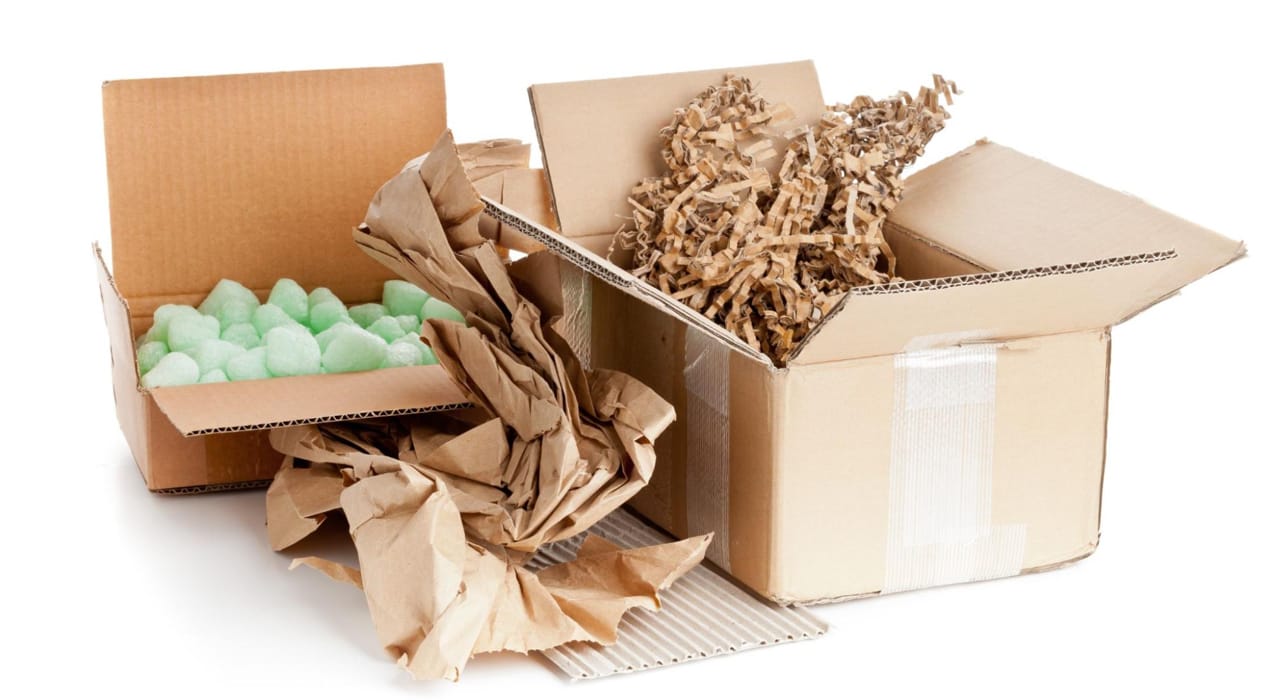
Cushioning types
When it comes to cushioning, you’ve got tons of choices. Think bubble wrap, packing peanuts, air pillows, and foam inserts. For eco-friendly options there’s also green cell foam and mushroom packaging (a styrofoam alternative).
Assess your product’s fragility and choose the cushioning that provides the right level of protection. You want your customers to unbox with excitement, not trepidation.
Bulk packaging purchases
Buying packaging materials in bulk will get you the lowest price per unit and reduce your overall cost of goods. Not only will you save money, you’ll ensure that you never run out of essential packaging supplies during peak seasons. Plus, you can avoid those last-minute trips to the local office supply store.
Tape and labels
While we’re at it, don’t forget the essentials: packaging tape and labels. If you or your in-house team are taking care of packaging, you’ll want to reinforce your boxes with sturdy tape that keeps everything secure during transit. A heavy duty hand-held tape dispenser is indispensable.
Stretch wrap or poly wrap can also help secure your packages and prevent water damage if a package is left out in the rain on a doorstep.
And labels? They’re your package’s passport to its final destination. Make sure they’re clear, accurate, and easy to scan.
You can find affordable thermal label printers online that work with a variety of postage and label creation software like WooCommerce Shipping, Shippo, Shipstation, Stamps.com, and more.
Customer experience
Packaging isn’t just about protection; it’s about creating an unforgettable unboxing experience. Consider adding a personal thank-you note, a small gift, or even a QR code that leads customers to exclusive content. This personal touch adds a warm and fuzzy feeling that turns buyers into loyal fans.
In a world where ecommerce is booming, your packaging choices can make a big impact on your bottom-line. Whether you’re going for a sleek, branded look, an eco-friendly vibe, or simply practical protection, there’s a packaging solution to suit your needs.
So pick the packaging that resonates with your brand and watch as your customers become unboxing enthusiasts!
Choosing shipping carriers
A shipping carrier is the person or company that physically delivers your products to your customers. They charge a certain rate for each delivery, which is typically based on a combination of weight, speed, and distance for local delivery or international shipments.
If your business is located in the United States, popular shipping carriers are the United States Postal Service (USPS), FedEx, UPS, and DHL. View a full list of shipping carriers that integrate with WooCommerce.
When you choose a shipping carrier, it’s important to find the right fit for your business and products. Depending on where you are shipping to and what you are shipping, you may need to use multiple carriers to achieve reliable deliveries at an affordable shipping cost.
Here are some important aspects to consider when deciding on the best carriers to use for your needs.
Shipping fees
You’ll end up passing shipping costs on to your customers, or adding them to your business expenses, so it’s important to compare providers based on what they charge for packages. Consider ways to save, like shipping in bulk or using extensions, like WooCommerce Shipping, to get pre-negotiated discounts on shipping labels.
Weight limits
How much do your products weigh? Some carriers have weight limits and others specialize in large freight shipping, so make sure that your items qualify for the shipping solutions you’re considering.
International shipping
Shipping internationally can be quite expensive and can often be very slow, depending on each country’s customs practices. If you’re not willing to pass the additional cost and delivery delay onto your customers, you might want your shipping destinations to remain domestic only.
Depending on where your customer base is, however, international shipping may be vital to your business. So if you want international delivery for your products, you’ll need to choose a shipping service that operates in the countries you’re shipping to.
Delivery experience
Some shipping services have unique offerings that make them more successful at delivering packages to customers, such as same-day delivery, expedited shipping services, in-store pickup, special door access, etc.
When you choose a shipping partner that offers a variety of shipping methods and ways for customers to collect their packages, you can provide a better overall shopping experience.
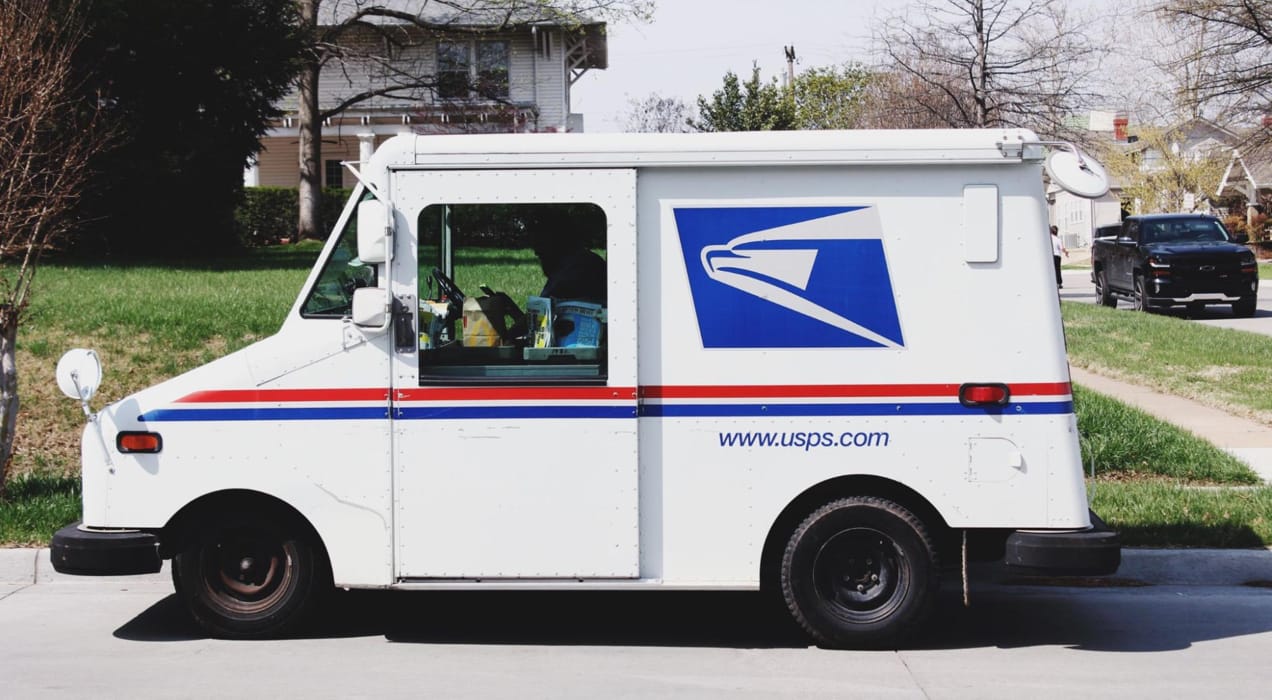
Weekend delivery
Do you want to offer weekend delivery to customers? Some providers only ship on weekdays. Other companies may only offer delivery during business days, but they might offer weekend in-person pickup options at a physical location.
Insurance
If you want to provide extra protection for packages, choose a carrier that offers insurance coverage. This is especially important for one-of-a-kind items like original artwork, high-value products, or in areas where mail delivery can be unreliable.
Sometimes the cost of insuring very high-value items is prohibitively expensive. There are some package protection services like Route and AfterShip that act as third-party insurers.
If a package is lost or stolen, some of these package protection services will even purchase a new product from your website and have it shipped to the customer whose order wasn’t received, so that the business owner incurs no extra cost for shipping a replacement.
Tracking
There’s rarely going to be a case where you don’t want to include tracking on a package. Most customers like to be able to check on the delivery status of their orders. And if a package is delayed or lost, you want to be able to track it down to determine what happened.
When your packages are easily trackable, you can provide improved customer service. Quickly reassure the customer regarding arrival time or ship out a replacement package and make a claim with the shipping carrier if necessary (because, of course, your package was insured, right?).
Just about every shipping service offers tracking, but keep in mind some carriers offer lower-cost shipping methods that don’t include tracking. It can be an easy mistake to simply choose the cheapest option when selecting your preferred shipping method, and not realize that a tracking number is not included.
USPS First-Class Mail and USPS Marketing Mail, for instance, do not include tracking, but you can add that service on during the purchasing process. Other shipping methods like USPS Priority Mail, UPS Ground, FedEx Ground, and FedEx Priority automatically include tracking.
Special considerations
Do you sell alcohol, fragile items, or products that must be kept cold? Ensure that your shipping carrier can work with those requirements.
One WooCommerce customer who does this extremely well is Brown Brothers. Brown Brothers is a wine company that only ships to regions that aren’t “dry” and doesn’t allow people under 18 years of age to accept their packages.

Some companies specialize in freight management and shipping solutions for specific industries — like art handling and produce transport.
Perhaps you have a large crate that requires rail shipping or you need to ship mass quantities of product via an ocean freight shipping service. There are qualified shipping services that can transport just about anything to your desired shipping destination.
Be flexible and work with as many shipping partners as you need to get the best result for your business and customers. You might use one specifically for heavy items and another for everything else.
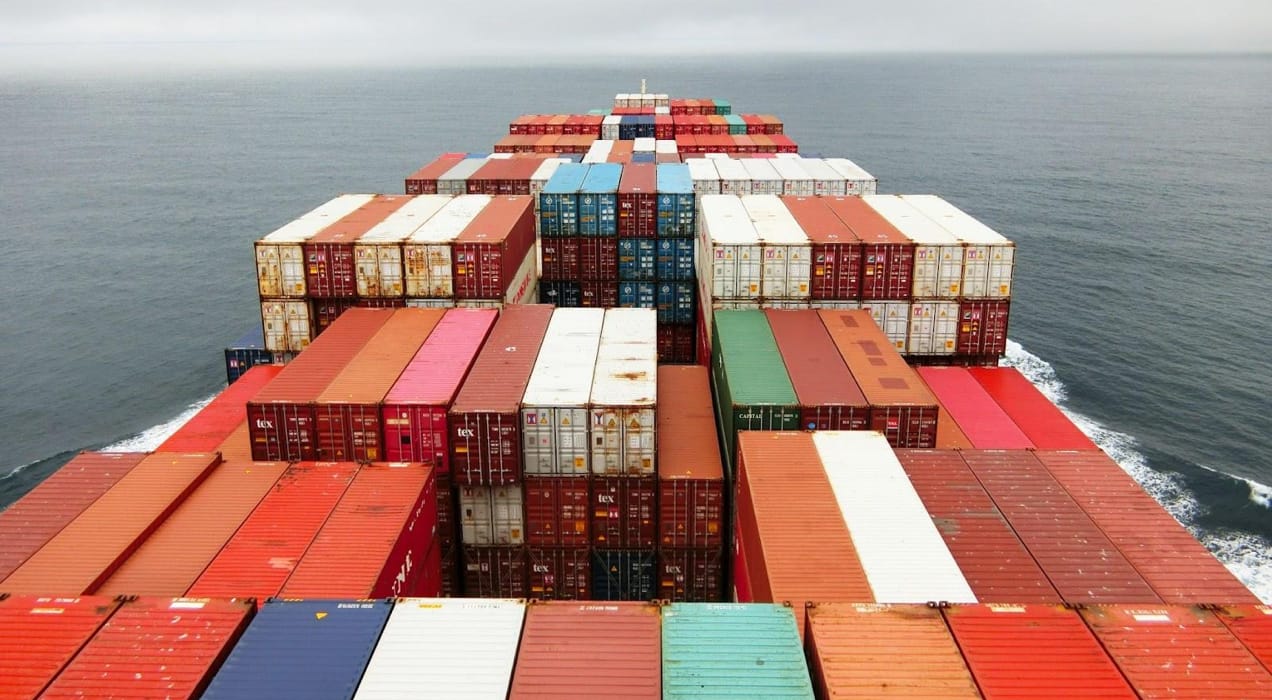
You could use FedEx Ground to ship to one region and UPS Priority to ship to another. Perhaps you get pre-negotiated discounts through a fulfillment partner for expedited shipping through Priority Mail Express.
There are a variety of choices, so the ecommerce shipping carriers you choose will be highly dependent on your circumstances and needs as well as the providers and shipping rates available to you.
Ecommerce shipping methods
A shipping method is both the rates and shipping service types that customers can choose from at checkout. They’re often based on the carriers you work with, and determine shipping speed and what shoppers pay for delivery.
Below are a few different types of shipping methods that you may want to offer to your customers.
Standard shipping
This basic shipping option offers a balanced approach between cost and delivery time. Standard shipping is reliable and usually takes five to seven business days to deliver (when shipped domestically), making it a popular choice for budget-conscious customers. It’s best suited for non-urgent items and serves as a baseline shipping method for most online retailers.
Expedited shipping
When speed is of the essence, expedited, or express shipping steps in. This method guarantees quicker delivery, typically within two to three business days. Customers willing to pay a bit extra for faster service often choose this option for time-sensitive purchases, gifts, or urgent needs. However, the higher cost may deter some budget-minded shoppers.
Overnight shipping
The crown jewel of rapid delivery, overnight shipping is even faster than expedited shipping, promising delivery within one business day. This is ideal for emergency situations, last-minute gifts, or perishable goods. Due to the extremely short delivery time, the costs associated with air freight and overnight shipping can be significantly higher compared to other methods.
Flat rate shipping
Simplicity is the hallmark of flat rate shipping. Regardless of the weight or destination of the package, a fixed rate is charged. Flat rate shipping is advantageous for heavy items or shipments traveling long distances. Businesses can offer a predictable cost to customers, fostering transparency and reducing shopping cart abandonment due to unforeseen shipping fees.
Variable rate shipping
Also referred to as table rate shipping, this method takes into account factors like package weight, dimensions, distance, and delivery speed to determine the shipping cost. Variable rate shipping offers flexibility and accuracy in pricing, ensuring that customers are charged based on specific shipping zones and other details of their order. Businesses benefit from covering their actual shipping costs while offering choices tailored to individual needs.
If using a variable weight shipping method is right for your store, the best way to get accurate rates is to connect your store to your carrier using an extension. The extension will automatically calculate shipping charges in real time, based on weight, box size, destination, and other factors so that customers never overpay and you’re never stuck with higher costs than anticipated.
See all shipping method extensions.
Free shipping
A powerful magnet for customer engagement, free shipping has become a staple shipping option for ecommerce companies. While it can boost sales and enhance customer satisfaction, businesses often offset the cost by adjusting product prices or setting minimum order thresholds. Free shipping can be a game-changer during promotional periods or for gaining a competitive edge.
Same-day delivery
Riding the wave of instant gratification, same-day delivery strives to deliver orders on the day they’re placed. This service provides unparalleled speed and requires tight coordination between retailers and local logistics partners. The downside is that it typically limits delivery based on a customer’s location, restricting eligible orders to certain geographic areas.
Same-day delivery options may come with steep costs, but in some cases it might be worth it. Speedy local delivery can actually be a core component of certain types of small businesses. Expedited shipping services like same-day local delivery can be the ideal solution for ecommerce businesses like flower shops, meal delivery services, local restaurants, and grocers.
Click and collect (in-store pickup)
Click and collect allows customers to place orders online and pick them up from a physical store. This method saves on shipping costs and offers customers added convenience. It also encourages foot traffic to physical stores.
Ultimately, the right shipping method for you all depends on your shipping strategy and ecommerce business. You may choose to reserve expedited and overnight shipping for holiday rush periods or exclusively offer free shipping on all orders just to avoid the hassle of having to deal with table rates. In-store pickup and same-day delivery are often only practical for brick-and-mortar stores (stores that have physical locations) that have a strong local customer base.
Take a deep look at your business model, products, and customer demographics and then select the right ecommerce shipping methods for you.
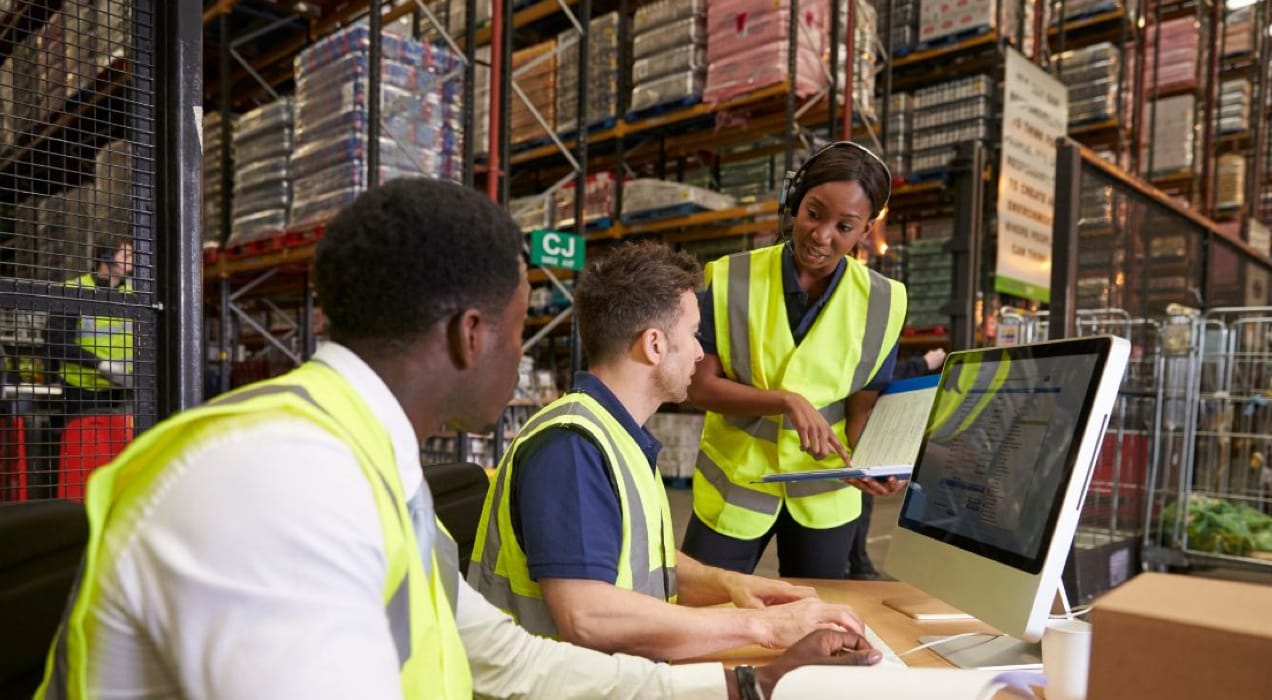
Fulfillment solutions
Fulfillment solutions involve the entire process of delivering your products. From determining shipping costs to printing labels, and everything in between. Let’s take a look at a few of the steps involved in the fulfillment process.
Printing shipping labels
Shipping labels tell your carrier where the package is supposed to go, when it’s supposed to arrive, and how much you paid to get it there. While you can get shipping labels from your carrier’s location, like the post office, it’s often easier to print them from your place of business.
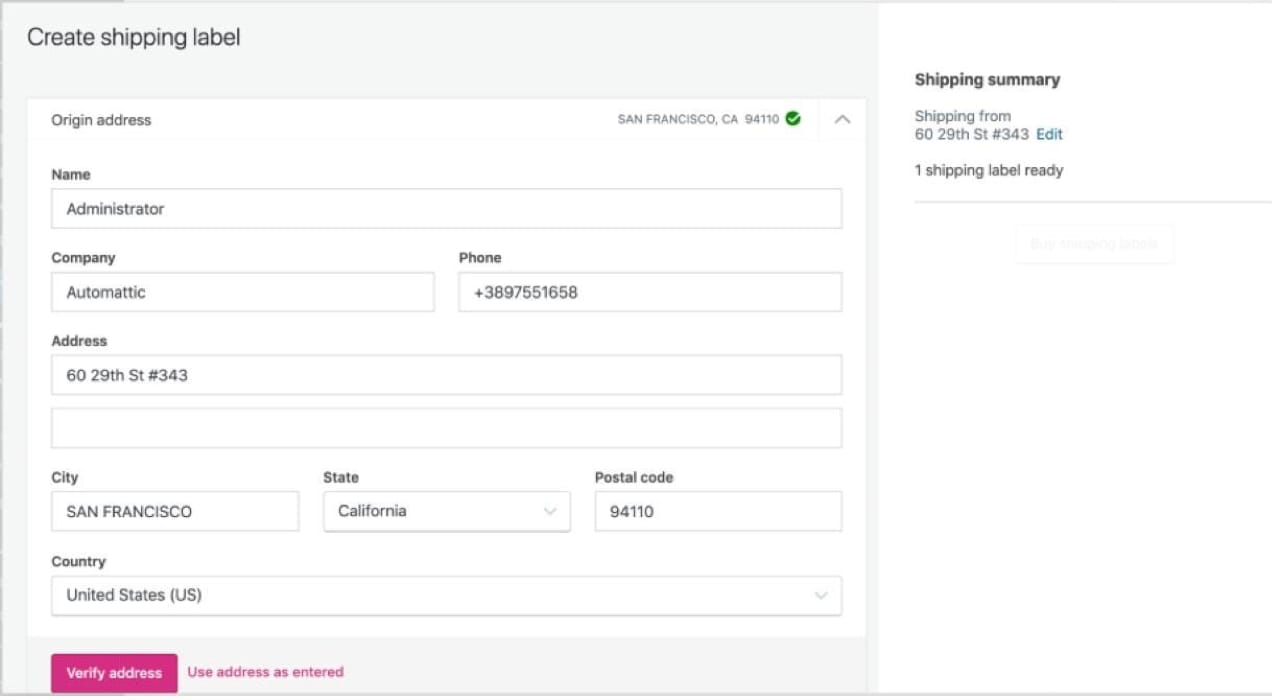
With WooCommerce Shipping, you can pay for the label and print it at the same time, straight from your WordPress dashboard, which allows you to just drop your package in a box or arrange for pickup at your front door.
Putting packages in the mail
Of course, you have to actually get your products to your customers. How does that work for your company? Who’s responsible for pulling inventory off the shelves? Packing each box? Setting up a pickup or dropping packages off at your carrier’s location?
It’s important that every aspect of the fulfillment process works seamlessly, which minimizes returns and speeds up overall shipping time. Depending on your business, you might want to invest in a tool or extension that connects your store to your inventory management system and synchronizes data.
Updating your customers
Customers should know where their package is and when it will arrive on their doorstep. Tracking information is one way to help with this — a buyer can check on their order at any time of day without having to reach out to your support team.
You can also email customers each time their order status changes. Is their order boxed up and ready to go? Has it been shipped? Is it sitting on their front porch? Let them know where they are in the process from start to finish.
Consider a fulfillment center or third-party logistics provider (3PL)
If you want to completely offload the fulfillment process, you should consider a fulfillment center. It houses your products in bulk and packs, labels, and ships each order. One common example of this is Amazon Fulfillment, which automatically integrates with your WooCommerce store and syncs order information.
While this does mean a lot less work and hassle for your team, it can also be expensive and turns over a certain amount of quality control to a third party.
Check out a full list of WooCommerce fulfillment extensions.
Connect all the pieces
As you can see, shipping carriers, the types of shipping methods used, and fulfillment processes all work together to deliver a seamless experience for your customers and your staff. WooCommerce provides the tools you need to connect all the pieces.
And if you’re shipping within the United States, WooCommerce Shipping connects your store to USPS, offers discounted rates, and allows you to print labels and schedule pickups right from your door. Save time and money with WooCommerce Shipping.

I would like to change “Shipping To” text on cart page. How do I do that? We only offer Local Pickup and Local Delivery. It doesn’t make sense to say “Shipping To” on cart page. Would like it to say “Your location” Also, can we can change “Change Address” link on cart page to “Change Location”. How do we do that?
I tried logging into Woocommerce support but it is keeps saying I need to verify email on WordPress.com. I did verify my email twice and still saying that, can’t get support on Woocommerce.com
Thanks
Hi Jan,
I’ve tried sending you an email from our ticket system now to work through the issues you mentioned here. I hope you’ve received that and we’ll get to work helping out via email there.
Thanks!
If I have U.S vendors selling on my multivendor marketplace and shipping internationally e.g to Africa, and have Africa vendors selling and shipping to the U.S how can you assist with my shipping setup?
Hi Kola,
Out of the box Product Vendors uses the default shipping methods setup in your store under **WP Admin → WooCommerce → Settings → Shipping**
This is not accessible by the vendors, but there is an additional option in Product Vendors where they can set up a per product shipping rate. See our docs on that here. –> https://docs.woocommerce.com/document/product-vendors/#section-20